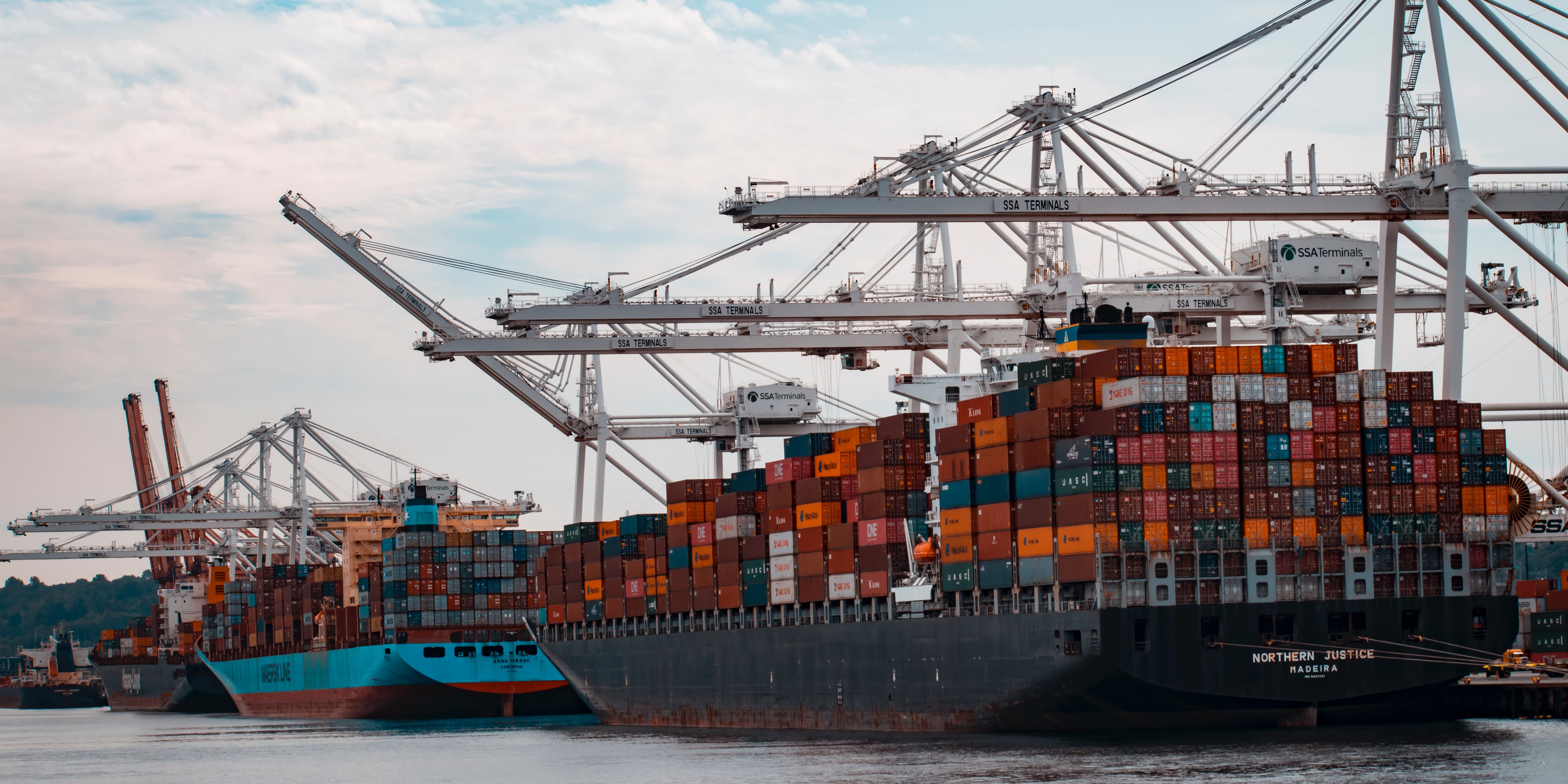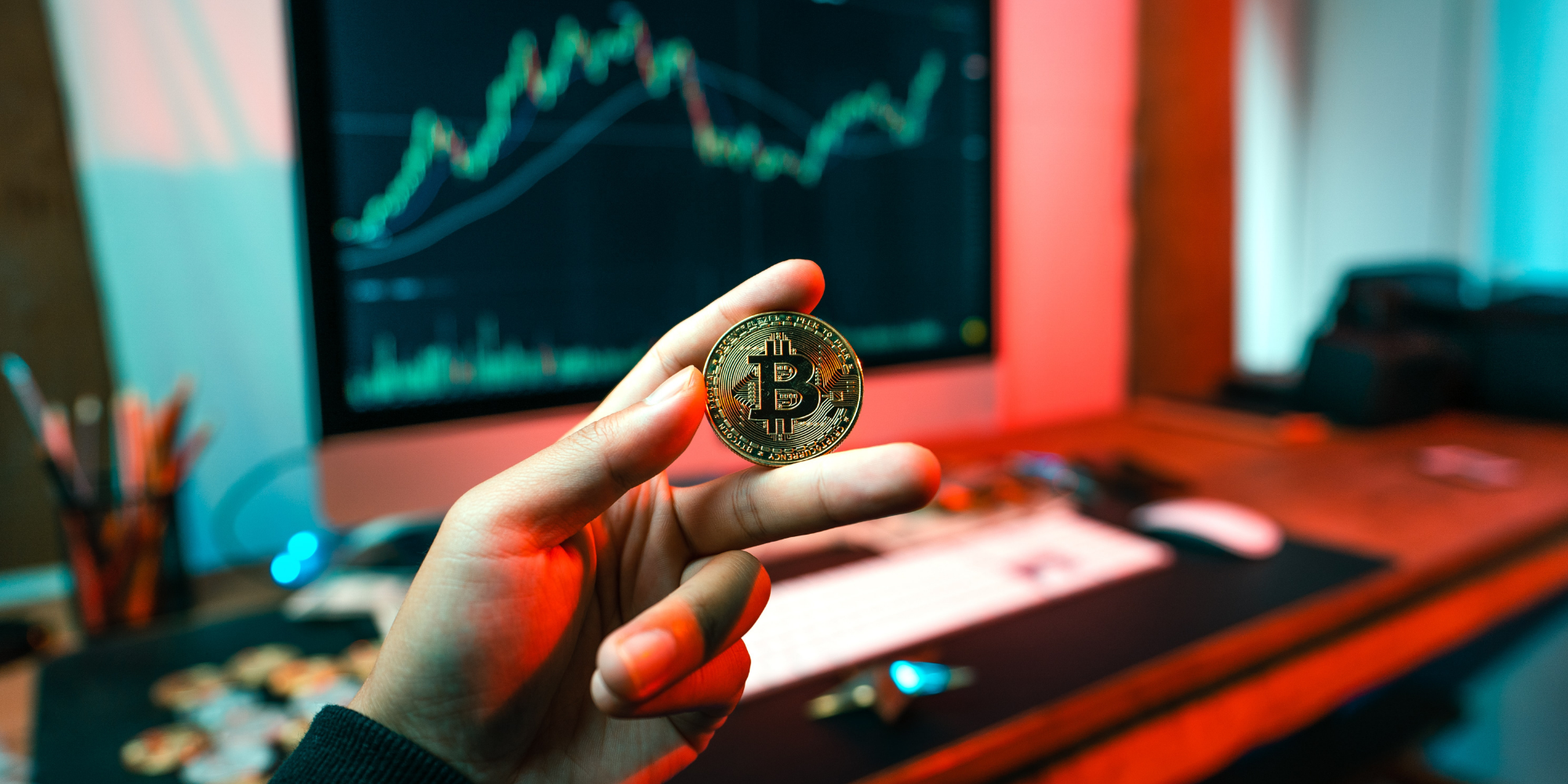How To Drive Profits Through Untapped Markets During A Recession.
ClickThrough's Head of International, Alison Booth, tells us how to increase your profits through untapped markets during a recession.
Read moreIn the International Marketing News this week, Andrea Diaz takes us through the importance of implementing omnichannel strategies in 2022, Huawei news and Canadian social media.
In this week's International Marketing Newsletter, we're covering the importance of implementing omnichannel strategies in 2022, the impact on the green energy agenda if Russia's oil and gas are no longer used, Huawei's refusal to leave the international market and how marketers should make use of social media in Canada.
During last year's Econsultancy Live: The Future of Ecommerce event, Robin Barrett Wilson, SAP's retail industry executive adviser, discussed this topic with Econsultancy's Jim Clark. Barrett Wilson identified some critical themes that retailers, particularly those that operate omnichannel stores, should address to compete effectively.
Developing unique in-store experiences
Nike, for example, has built a reputation for fusing digital and physical, particularly in its 'Rise' concept stores, where app users can take use of features like speedier checkout and locker pickup, according to Clark. "Do you believe that as the world opens up, buyers are truly searching for this new form of integration, combining the physical and digital worlds much more clearly?" he questioned. The answer was yes, "customers are really looking for this idea of an experience”. She compared it to dining at a Michelin-starred restaurant, where the experience begins "right from the moment you walk in the door, all the way through your dessert and your coffee."
"And that is truly a value-add for the consumer. So, if I'm going to spend a little extra money, I want it to be worth it. We've been locked up for a long time, and we've been told that this era will feel like the roaring twenties again, but I really believe that thinking about [strategy] like a Michelin star chef will spark some brainstorming and some different ideas in how retailers and brands want to communicate with the customer, just like Nike did in its stores."
Obtaining the correct (and most up-to-date) data
Walgreens is another retailer benefiting from its omnichannel strategy, with customers who shop both online and in-store spending up to six times more than in-store shoppers alone. According to Barrett Wilson, there are some key omnichannel elements that marketers should consider.
"Capturing the right data, which really means more than just 'where am I shopping and what am I buying?'" she explained. "It's all about getting to know your customer." What is important to them? What's the next thing they're on the lookout for? And how do you convert a successful acquisition into customer retention, as Walgreens has done? And then, of course, you have to test, fail quickly, and then re-test."
Experiential loyalty is used to create a value exchange
According to SAP's playbook research, 70% of retailers rely heavily or somewhat on cookies for customer insight and marketing activities. There is a tension here because, with the end of third-party cookies, first and 'zero-party' data is gaining prominence.
Wilson Barrett defined zero-party data as a customer "raising their hand and saying 'hi, I'd like to be friends, let me tell you what I like and you tell me what you do.'
"In exchange, the consumer – when they decide they want to have a relationship with the brand – gets a better experience, better treatment, and access to perks that they might not have gotten if they hadn't raised their hands."
"You really want to act on the voice of the customer. It also allows you to truly re-engage and re-educate [consumers] about the brand. Levi's is a great example of a legacy brand that listens to modern consumers in order to evolve and adapt," says Wilson Barrett.
Wilson Barrett suggests that the future may be difficult for brands that have not adopted an omnichannel strategy or implemented any technology to support it. "They're going to find that other brands are going to surpass them very quickly," she predicted.
Western countries are having to rethink their commitments to the green energy transition timetable. The United States and the United Kingdom announced plans this week to ban Russian oil imports, and the EU has stated that it will end all Russian oil and gas imports "well before 2030," according to the Independent. As a result, countries may need to revise their net zero ambitions and even return to more polluting fossil fuels like coal to fill energy gaps.
Prior to the Russian invasion, global coal use reached all-time highs over the winter, causing emissions to rise while clean energy installations fell short of the levels required to meet climate targets.
With fossil fuels still accounting for 80% of global energy, "the energy transition was already in trouble," according to Dieter Helm, professor of energy policy at the University of Oxford.
He predicted that coal consumption in the EU would rise further.
This week, the EU held a meeting to discuss its energy response to the crisis, and the bloc is expected to push for a renewed push toward green energy.
Clean energy, according to German Finance Minister Christian Lindner, is the "energy of freedom."
With gas and oil prices higher than ever, and green energy infrastructure taking years to create, greener energy timeframes may be pushed back.
This trade-off was recently recognised by the International Energy Agency (IEA).
"The bigger the potential implication, in terms of economic losses and near-term emissions, the faster EU authorities aim to transition away from Russian gas supplies," the IEA stated in a study last week.
In the meantime, coal prices have risen to $400 per tonne, up from $82 last year.
As part of a 10-point strategy for green transition, the IEA has encouraged the EU not to sign new gas supply agreements with Russia, according to the Financial Times.
The crisis has made it "painfully evident" that "we cannot afford to give any third country the authority to destabilize our energy markets or affect our energy decisions," according to EU energy commissioner Kadri Simson.
The need to expand renewables will be emphasized in a revised European Commission energy plan.
Europe has pledged to reduce greenhouse gas emissions by at least 55% by 2030 and to achieve net zero emissions by 2050.
Russia currently supplies roughly 40% of the EU's gas and more than 25% of its crude oil.
Despite the political tensions it faces in western countries, Huawei has reaffirmed its determination to remaining a prominent role on the international market.
Huawei's Rotating Chairman Guo Ping urged for his company to be judged on the qualities of its products, not the location of its headquarters, in a pre-recorded speech delivered at MWC 2022.
Ping argued, in a veiled reference to the removal of Huawei equipment from many European 5G networks on national security grounds, that "to see the future, we need to look up, above the politics, partisanship, and rhetoric."
"Many people are wondering whether Huawei will exit the international market," he said. "However, the answer remains no. We are dedicated to assisting customers who choose us in achieving the greatest possible business success."
Huawei is launching a variety of products and services at MWC this year, but the company's core message can be summarized as "look at what you're missing."
Despite being barred from a number of major European markets (due to concerns the company claims are unfounded), Huawei has a massive presence at the Fira in Barcelona, with possibly the most extravagant booth of any organisation.
The company is here to demonstrate not only its cutting-edge networking technologies, but also its innovations in the context of sustainability, a field in which it claims to be the undisputed leader.
However, the political situation prevents many telcos in the region from engaging with Huawei and thus benefiting from the Chinese organization's innovations. Instead, they must expand their networks with Nokia and Ericsson equipment.
Despite the fact that the climate does not appear to be changing in Huawei's favour, Ping says his company will increase its investment in "foundational technologies" that will "reshape the technological paradigm."
"We are reshaping three areas – fundamental theories, architecture, and software – that will support the ICT industry's long-term sustainable development."
The audience is significant, with nearly 25 million monthly social users in the country. Furthermore, social ad units provide brands with a higher return on ad spend (ROAS) and more predictable performance. In 2022, programmatic direct spending, primarily comprised of social ads, will account for more than three-quarters of total digital display expenditures in Canada. Brands should ensure that their media mix adheres to these industry norms.
As platform diversity grows, concentrating social media budgets on a single social network will narrow your audience. TikTok's rapid user growth has transformed it into a viable promotional vehicle. Users prefer specific social networks for a variety of reasons, including connecting with others, entertainment, and personal expression.
Creating a media plan that incorporates multiple social networks will provide a more balanced approach to audience targeting. This multiplatform strategy enables A/B testing to fine-tune budget allocations. The adaptability of social media ad managers allows for continuous campaign optimization.
TikTok, Snapchat, and Instagram have much higher adoption rates among teens and young adults than Facebook or Twitter. Furthermore, social media is the primary source of inspiration for Gen Zers (people born between 1997 and 2012). According to PwC's 2021 holiday survey, eighty percent of Gen Zers in Canada said social media advertisements had the greatest influence on their purchases.
Twitter's brand potential remains high. It is still the third most popular social media platform in Canada, trailing only Snapchat and TikTok. Twitter promotion has been focused on brand programs in the country that focus on events such as the Olympics or elections.
The snap election in Canada in 2021, for example, provided an opportunity for many brand campaigns to promote voting on Twitter, which launched an emoji triggered by a series of hashtags. The platform's connection to the news cycle provides a vehicle for brands to participate in current-events-related conversations.
And that brings us to the end of this week's International marketing news. If you would like Andrea and the team to support your brand's international success, then get in touch!
More articles you might be interested in:

ClickThrough's Head of International, Alison Booth, tells us how to increase your profits through untapped markets during a recession.
Read more
Welcome to the latest round-up of all things digital. This is where we look at the latest updates in the world of PPC, SEO, Content and International...
Read more
Find out more about the latest updates in digital marketing. Featuring key updates from Google, demystifying meta descriptions, and checking in on...
Read more
Episode eight of The Assorted Digital Ramblings podcast is now out! Learn more about International Marketing with guest Alison.
Read more
In this week's International Marketing News, Andrea takes us through personalisation and privacy in retail and much more. Read on.
Read more
In this week's International Marketing News, Andrea takes us through new .au domain extensions, Bitcoin ATMs and more. Read on.
Read more
Join Andrea Diaz for this week's International Marketing news, covering walled garden investigations and more.
Read more
In this week's International marketing news, Andrea Diaz looks at China considering the Metaverse as the 'next big thing', gift card growth in Brazil...
Read more